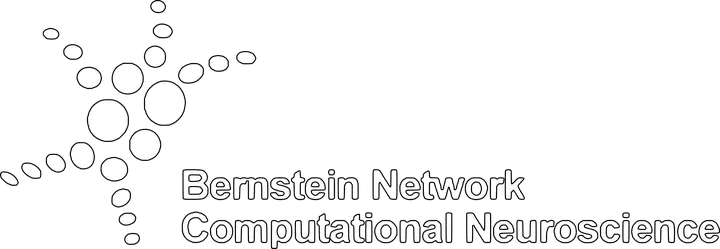The incentive circuit of the fruit fly brain: a computational perspective

Abstract
Key circuits for associative and reinforcement learning have been identified in the mushroom body neuropils of the insect brain. Detailed imaging, electrophysiological and structural data about the mushroom bodies in Drosophila melanogaster has led to the identification of a variety of microcircuits involved in memory. We here propose a comprehensive scheme, based on the connectivity and the responses of identified neurons in the mushroom bodies, that links these known microcircuits together as an incentive circuit that acquires, forgets and assimilates associative memories over different timescales.
Our model introduces a novel learning rule by which dopaminergic neurons (DANs), signalling punishment or reward, modulate the mushroom body input (Kenyon cells; KC) to mushroom body output neuron (MBON) synaptic weights. Depending on conditions, this synaptic modulation causes weights to stabilise or to increase with positive feedback, and we exploit these properties to enable short-term and long-term memories, respectively, to be formed and forgotten in parallel for different contexts. More specifically, we computationally model the connections between 6 MBONs and 6 DANs and show that the circuit combined with this learning rule can replicate experimental observations of the response dynamics of these specific neurons during acquisition and forgetting stages of odour-shock association. We further verify the function of the incentive circuit by demonstrating how the reproduced responses of the output neurons could drive the behaviour of a virtual fruit fly, creating similar odour preferences to the real flies.
We suggest that MBONs can be grouped into at least 3 types based on their functional properties: holding primitive, flexible or long-term memories. This allows the animal to exploit its learnt behaviour at the same time as it explores its environment, and reveals how time affects choice by naturally adapting from selecting the safest to the most profitable option by accumulating experiences. Finally, our results suggest that it is possible for the mushroom bodies to not only function as centres for associative learning, but also as control mechanisms for the motivations of the animal based on their experience.